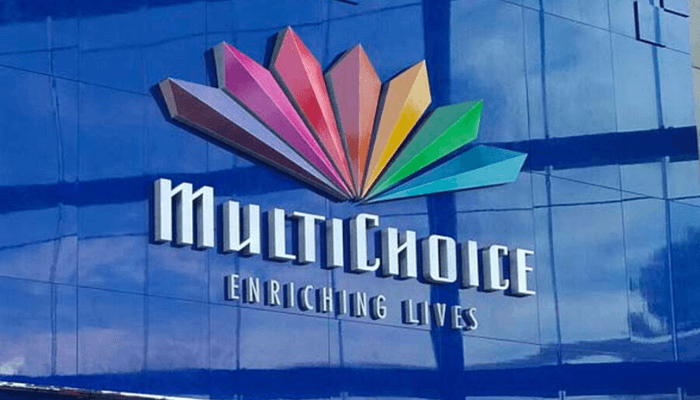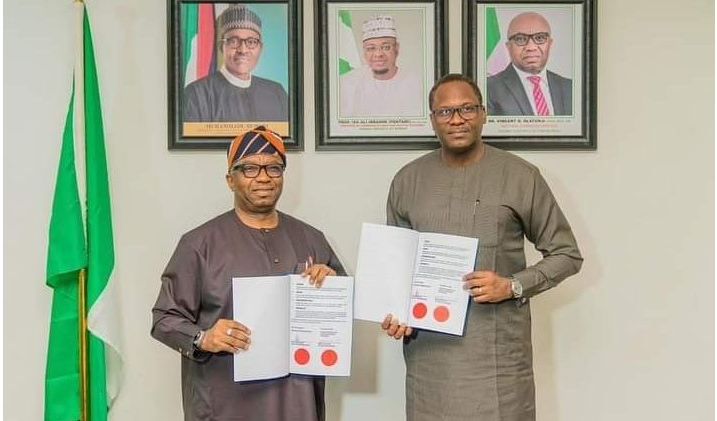When a family in Lagos walked into a retailer in November 2025 and found a DStv decoder marked at ₦7,900, it felt like a bargain. But beneath that seemingly generous price lay a struggle that has exposed the fragility of pay-TV in Nigeria. For MultiChoice Group, the deep hardware discount marks more than a promotion: it is the visible tip of a major sea-change.
Downward Price Adjustments: A Timeline
In June 2025, MultiChoice Nigeria launched its “We Got You” campaign. The company halved the price of its DStv decoder from around ₦20,000 to ₦10,000, and slashed the GOtv decoder from about ₦18,600 to ₦9,900. Then, effective 1 November 2025, another round of cuts followed: the DStv decoder dropped to ₦7,900 and the GOtv decoder was reduced to ₦6,500. The price of the basic dish and the GOtenna unit were also lowered. The moves were promoted by the company as part of efforts to make premium entertainment more accessible in the face of economic pressures.
These cuts came even though monthly subscription fees remained unchanged, raising questions among consumers and analysts alike.
Subscriber Loss and Revenue Decline: The Pressure Building Inside
Behind the aggressive pricing lies a stark reality. MultiChoice’s Nigeria business has been under pressure for months. Reports indicate that between March 2023 and March 2025, the company lost about 1.4 million subscribers across its DStv and GOtv services in Nigeria. The company’s African “Rest-of-Africa” unit also reported a 30 % operating-profit decline in its latest annual results; the Nigerian market was singled out as the largest contributor to subscriber erosion.
Monthly and annual subscription revenues have fallen as well. Some reports estimate a 44 % drop in subscription revenue for the Nigerian operations in the 2024/2025 fiscal year, from roughly US$355.93 million in 2024 to about US$197.74 million in 2025. In simpler terms: fewer customers are signing up, more are leaving, and each one is bringing in less revenue.
What’s Driving the Exodus?
Several factors converge to create the perfect storm. First, streaming has overtaken satellite viewing. Consumers are increasingly comfortable watching content on phones and connected devices, and they are choosing flexible, lower-cost streaming options over fixed subscription-heavy pay TV bundles. Analysts and industry coverage consistently point to streaming as a major driver of cord-cutting in Nigeria.
Second, affordability is under pressure. With inflation near 24 % and the naira weakening against foreign currencies, households are cutting discretionary spending. For many, a pay-TV subscription is no longer the first choice when budgets tighten.
Third, competitive pressure is intense. New entrants, both local and global streaming platforms, offer lower-cost or more flexible packages. At the same time, pay-TV still must contend with piracy and unauthorised access, which undermine legitimate subscription value.
Finally, hardware entry cost still matters. For many Nigerian households, an expensive decoder remains a direct barrier to joining. By cutting decoder prices, MultiChoice is lowering this entry hurdle in hopes of reigniting demand.
Decoder Discount: Smart Move or Tactical Plea?
At first glance, the decoder price reduction looks consumer-friendly. But the deeper question is whether this is a strategic reboot or a tactical reactive measure.
On the positive side, the lower hardware cost can attract new subscribers or re-engage dormant ones, especially during the festive season when entertainment spending rises. The “We Got You” messaging positions MultiChoice as sensitive to consumer pressure, which may help sentiment.
On the flip side, the price cut addresses only the entry cost, not the recurring burden of monthly subscription fees or content relevance. Some customer commentary reflects this frustration: they note the decoder is now cheaper, but the monthly payment and content offering remain unchanged. Without addressing the broader value proposition, hardware discounts may only buy temporary relief. Moreover, compression of hardware margin may further stress profitability for MultiChoice, especially given foreign-exchange and operational cost pressures.
What Next? Strategic Direction for MultiChoice
For a sustained rebound, MultiChoice must move beyond decoder discounts. It needs to re-engineer value: flexible subscription tiers, more local and exclusive content, partnerships, and device bundles that spread cost.
Firstly, offering mobile-first or lower-cost packages could capture price-sensitive consumers who currently reject pay-TV subscriptions due to the high upfront cost or the monthly fee. Secondly, content remains king: Nigerian viewers want stories, sports rights, and genres that resonate locally. Strengthened local production and live sports rights will differentiate the platform from streaming alternatives. Thirdly, bundles and partnerships (with telcos, fintechs, or device makers) can reduce the barrier to access by spreading cost or offering combined value. Fourthly, anti-piracy and enforcement measures must be strengthened — illegal alternatives erode the pay-TV value proposition. Lastly, clear communication is essential: the decoder price is lower, but what does that mean for subscription cost, content upgrades and long-term value? MultiChoice needs to articulate that.
Final Thoughts: A Shift in the Pay-TV Paradigm
MultiChoice’s decoder price cuts in 2025 tell a story of urgency. A business once insulated by infrastructure and scale now finds itself challenged not just by competition, but by a changing economy and shifting consumer behaviour. The decoder discounts may stem the bleeding in the short term, but they are not the cure. What lies ahead is a much larger transformation of product, value, pricing, content, and mindset.
For Nigerian households, the key question is simple: will they stay or will they shift? For MultiChoice, the window to answer begins now.








Comment
No comments found.